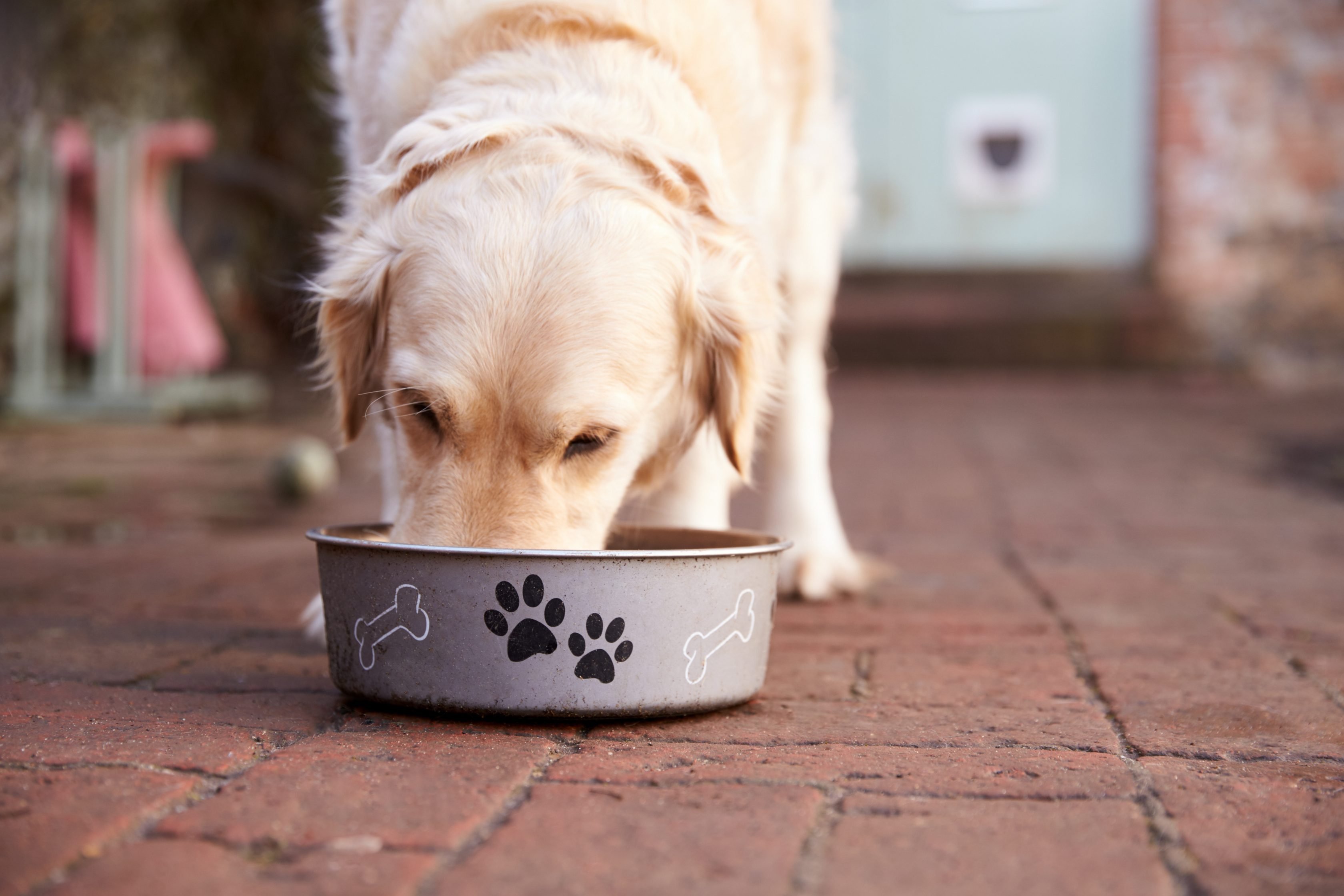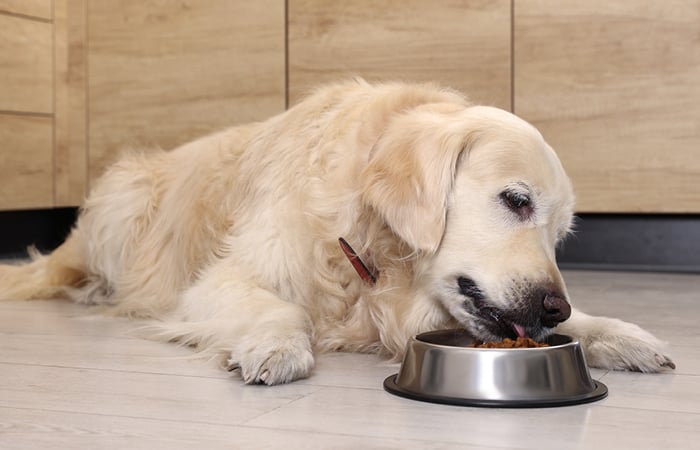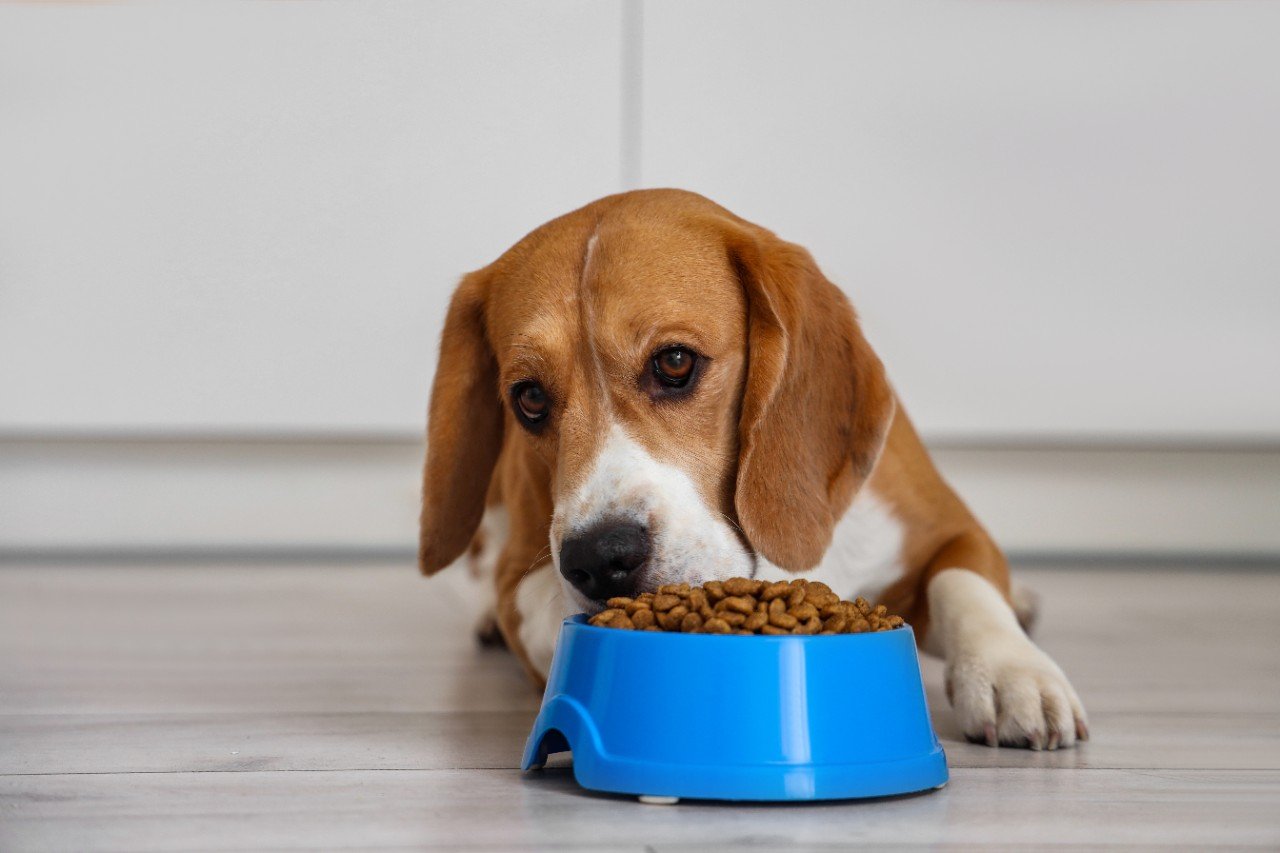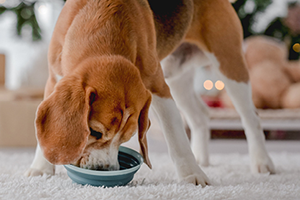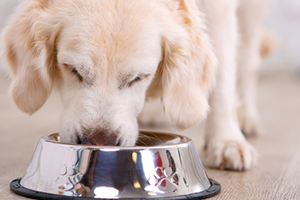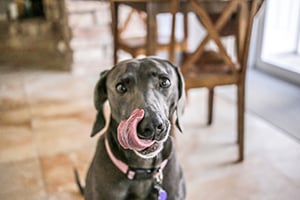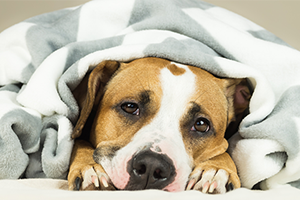As they age, dogs typically need less energy but better-quality protein. This is to eliminate the need for their liver and kidneys to process excessive unnecessary or even junk-protein molecules.
While manufacturers have to specify the percentage of protein inside their food, they don’t have to offer any indication of the quality of that protein. As a result, it’s entirely possible to make a legally compliant dog food that has, for example, 24% of protein from junk-protein sources such as feathers, beaks, and feet, and describe it as ‘chicken’ on the label.
This is why it’s important to ask your vet to recommend a quality pet food suitable to your dog’s breed. Since older dogs may already have some age-related liver or kidney compromise, it’s important that we do not ask their body to work any harder than necessary processing junk-nutrients.
If you have dog insurance with Petplan, you can use our free Pet Expert Chat feature to speak with vet professionals about your dog’s diet. Simply log into your My Petplan account and navigate to the My Support area to access.

